Paul Harris/Getty Images
- The new age space race has billionaires like Elon Musk wanting to colonize Mars.
- Four scientists told Insider his plan is bad for technical, scientific, and ethical reasons.
- The experts said forming a colony on another planetary body, like the moon, is more realistic.
SpaceX founder and entrepreneur Elon Musk has said he plans to have a million people on Mars by 2050.
Visions of a Mars metropolis, lush with trees, chrome cable cars, and crawling with humans in Jetsons uniforms, have long lived in the public's imagination, from Ray Bradbury's sci-fi novels to Arnold Schwarzenegger in "Total Recall".
"It's just something that is innate in humans to want to see over that next bridge," Christopher Edwards, who studies planetary science and is part of instrument development at Northern Arizona University, told Insider.
Musk's goal goes beyond mere aspiration. He's said a permanent colony on the red planet could sustain our species if all humanity is extinguished on Earth.
But what if Musk is making a mistake?
Yes, experts agree we might want to settle other worlds, but Mars might not be our best bet, at least not now, four scientists told Insider. SpaceX didn't respond to Insider's request for comment for this story.
Musk's plan to colonize Mars
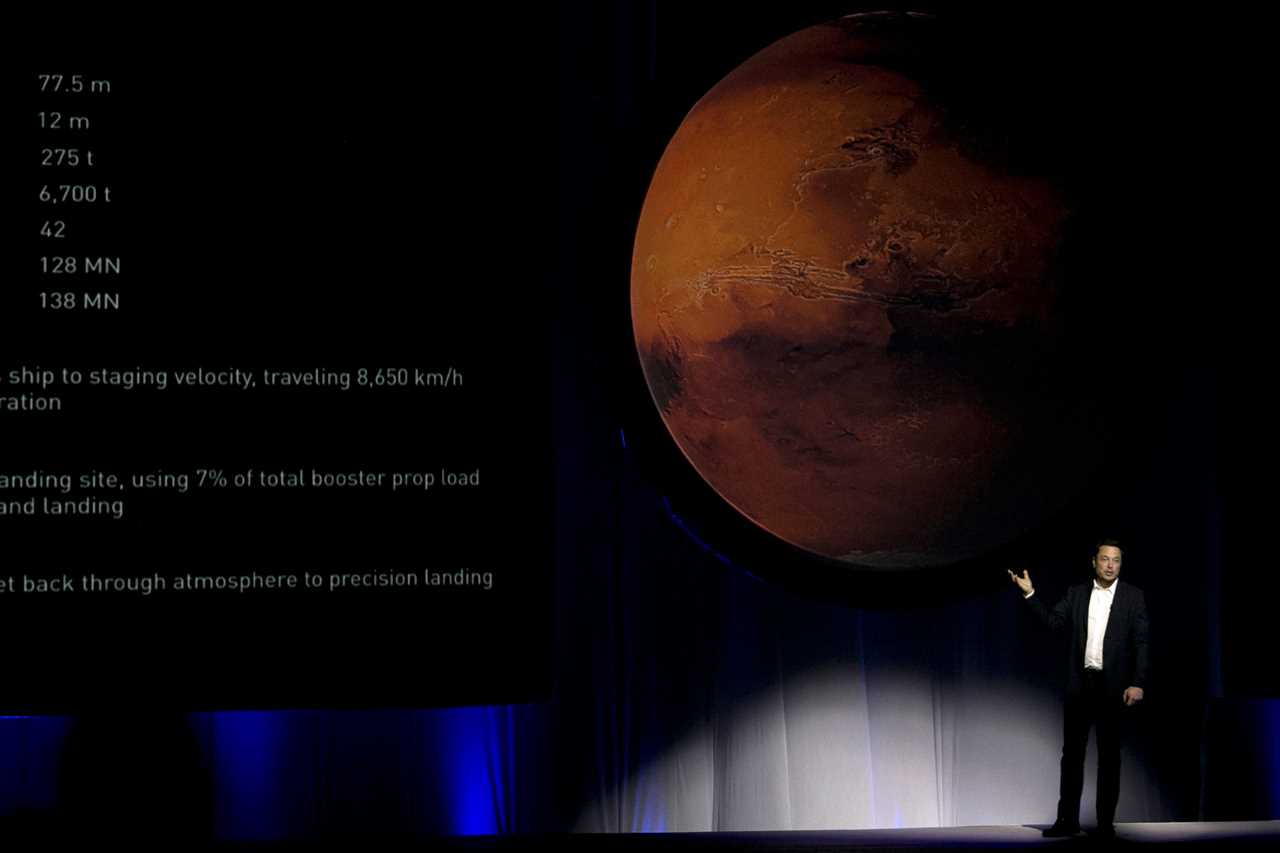
AP Photo/Refugio Ruiz
Musk's plans for Mars rely on one mighty steed — SpaceX's Starship, a nearly 400-foot spacecraft that's built to be used multiple times.
Speaking at the International Astronautical Congress on Thursday, he estimated the first unmanned Starship could land on Mars in the next three or four years.
His early plans involve sending unmanned ships to the surface of Mars, then send people after that. Once these first missions land, they'd work to convert water and CO2 from the Mars surface into the liquid oxygen and methane fuel that powers the Starship.
After the Starships are refueled, they'd be able to make the journey back to Earth. SpaceX's first priority is "establishing a cargo route to Mars," Musk told the Washington Post in 2016.
Following the initial flights, Musk wants to bring people en masse to build colonies and factories in order to make the planet self-sustaining. Chief among those priorities is building a factory for rocket fuel, making Mars an outpost for space travel.
From Mars, Musk told the IAC, people could go to the asteroid belts, the moons of Jupiter and Saturn, and the Kuiper belt.
Early on, people on Mars would have to live in giant glass domes, like greenhouses. Eventually though, he's said he hopes to warm the planet to make it habitable.
That's where some scientists begin to see problems with Musk's plans.
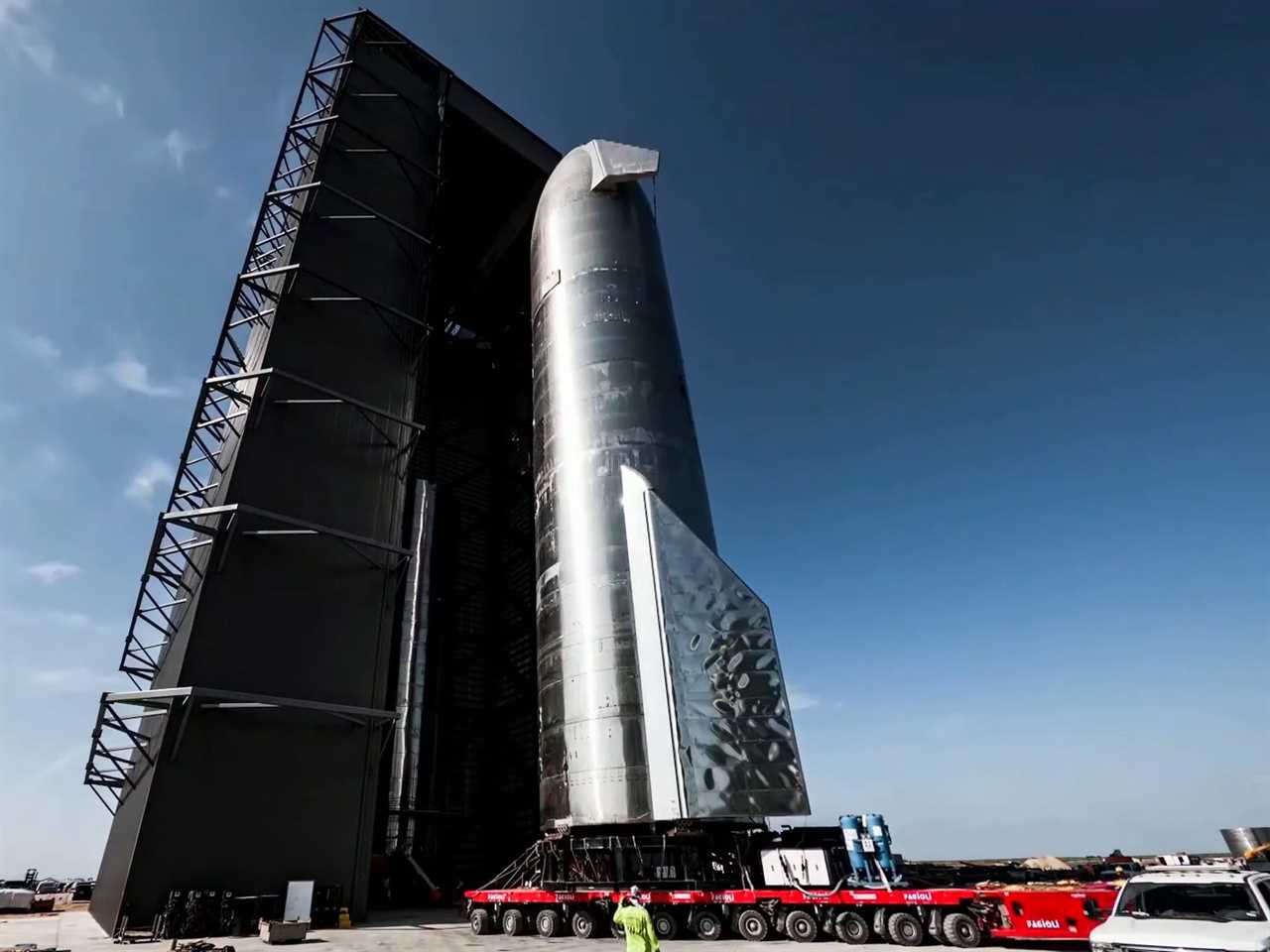
SpaceX via Elon Musk/Twitter
Problem 1: There isn't enough CO2 to transform the atmosphere
Musk has said that he plans to use the natural resources on Mars to transform its atmosphere, turning the planet into a warmer, wetter place like Earth. This process, called terraforming, relies on the premise that Mars has enough CO2 to do it.
Carbon dioxide molecules are great at trapping infrared rays from the sun. That's why Earth has been warming up since the Industrial Revolution when humans started pumping more CO2, and other greenhouse gasses, into the atmosphere.
Essentially, terraforming Mars would involve melting its polar ice caps, which would release CO2 reserves. Those heat-trapping molecules could then enter the atmosphere and warm the planet over time.
On paper, it sounds plausible, but there are several problems with it, Edwards told Insider.
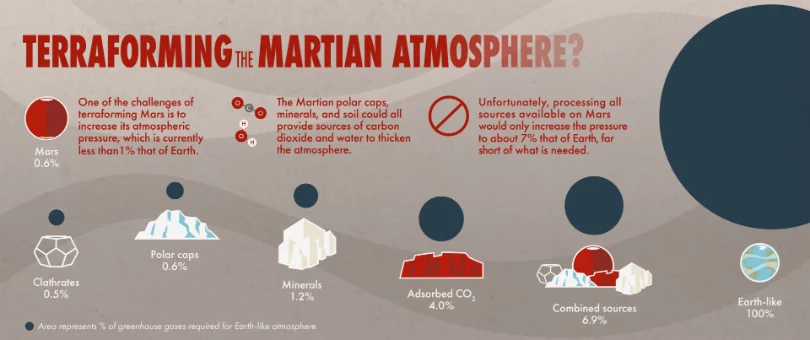
NASA
First, Edwards said, we simply don't have the technology or resources on Mars to make terraforming a reality in the near future.
And even if we did, "with like the most generous of assumptions, there just isn't enough CO2 on Mars that you can mobilize and like create a long-lasting atmosphere," Edwards said.
Furthermore, he said, even if there were enough CO2 molecules to make a thick atmosphere like Earth's, Mars lacks a magnetic core that would keep the protective gasses from eroding over time.
Musk has also acknowledged the challenges with this part of the plan. "Terraforming will be too slow to be relevant in our lifetime. However, we can establish a human base there in our lifetime," he said on X, the platform formerly known as Twitter before Musk bought it.
Problem 2: It's hard to get people to Mars
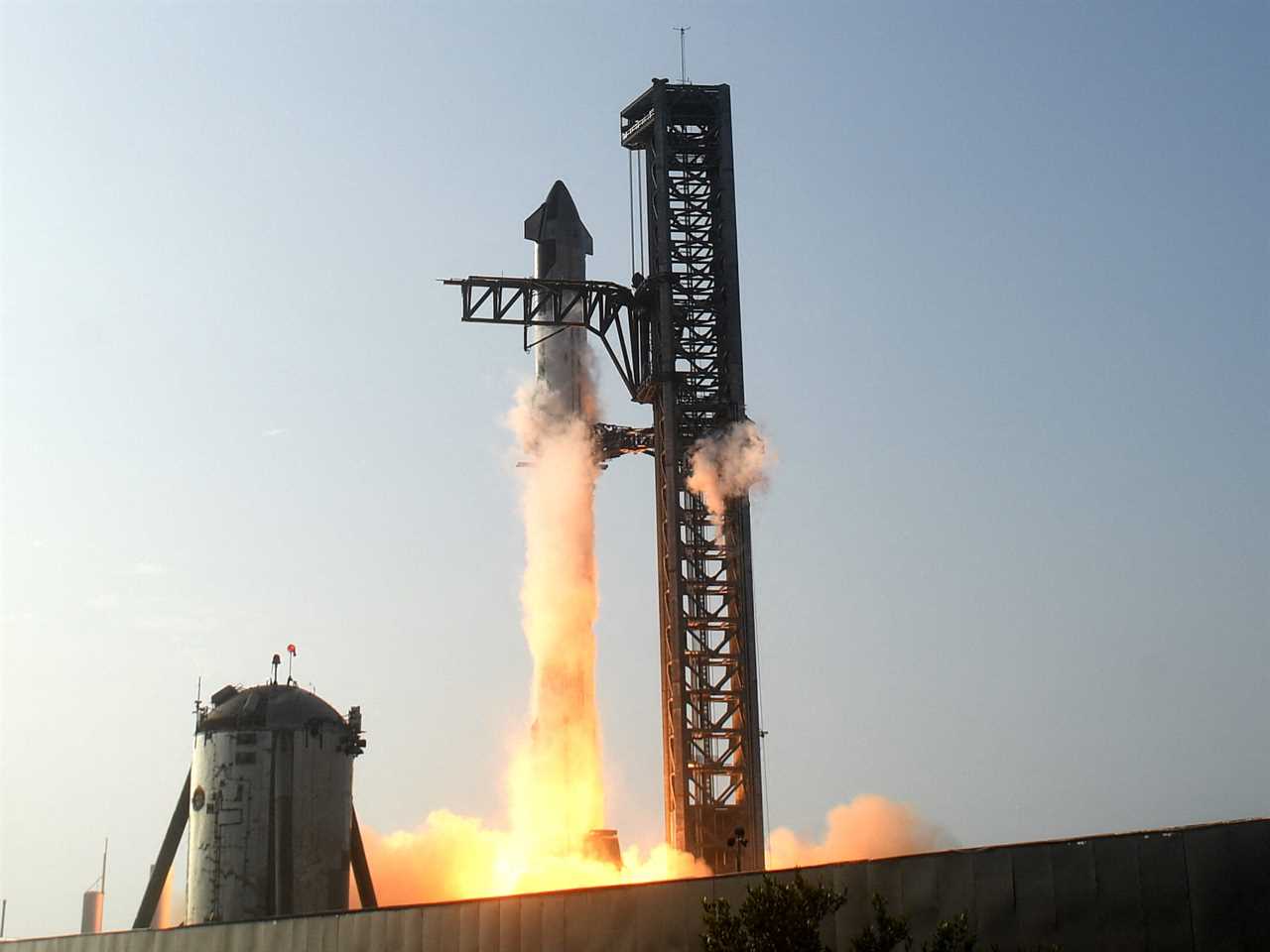
PATRICK T. FALLON/AFP via Getty Images
More short-term, there's also the issue of getting people to Mars in the first place.
Most of the missions to Mars have merely flown by or orbited the planet. Of the missions that attempted to land, only 40% were successful, and none had humans on them.
Even though Musk has revolutionized other parts of the rocket industry, getting a rocket onto Mars is, "really hard," Bruce Jakosky, a planetary scientist and primary investigator on the Mars Maven satellite, told Insider.
"It's not something you can just go down to the corner store, have them whip together a spacecraft, and launch it," he said.
Starship has yet to make a successful test flight. And yet Musk has said he plans to put the first person on Mars by 2029.
While Jakosky admires all Musk has done to reinvigorate public interest in space, he doesn't "think his approach to colonizing Mars is realistic or even plausible or credible."
Problem 3: What if there's life on Mars already?
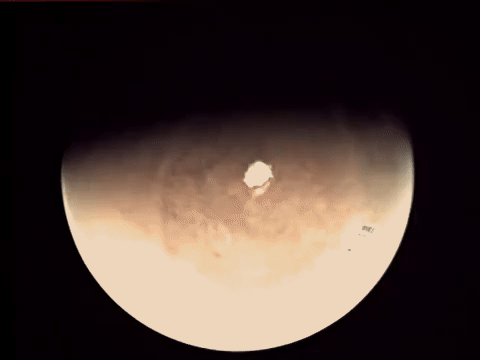
ESA
If Musk succeeds and gets people to Mars before scientists finish studying its surface, it could threaten humanity, "from making one of the greatest discoveries of all time," said Andrew Coates, a physics professor at University College London's Mullard Space Science Laboratory.
That is to finally answer the question, "Are we alone?"
Coates, who is a principal investigator on an upcoming mission to explore the red planet, said Mars is attractive for a reason. It has a lot of the conditions that would make it a good place to settle.
There's frozen water on the planet that could be melted for drinking water and to make more rocket fuel. And there's some of the chemistry that scientists look for in building livable spaces, Coates said, including carbon, hydrogen, nitrogen, oxygen, phosphorus, and sulfur.
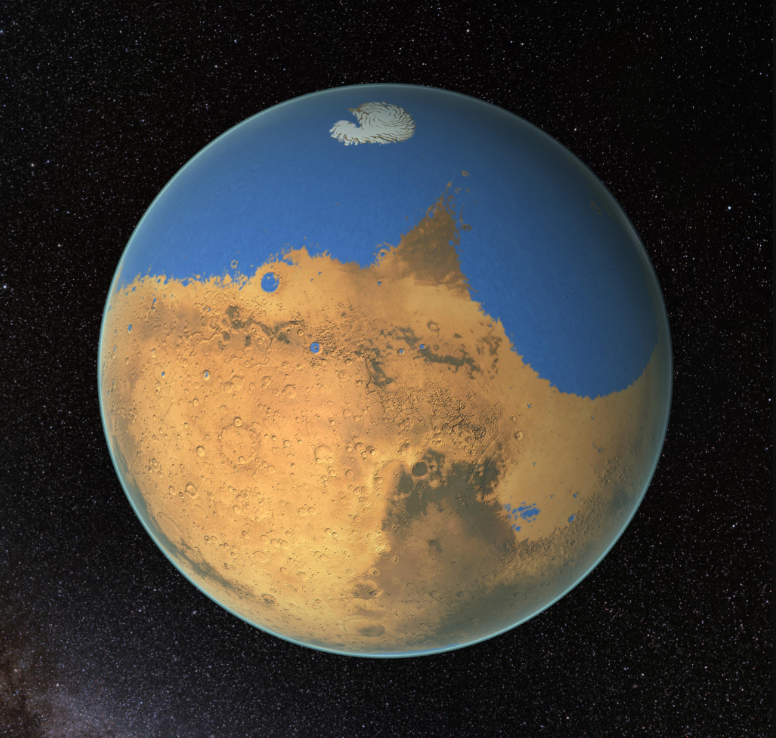
NASA/GSFC
But those very elements are also the reason he thinks we should leave it alone.
Between 3-4.1 billion years ago, scientists think Mars looked a lot like Earth. It had a thick, protective atmosphere and certain parts were covered in giant lakes of liquid water, which may have contained life.
If humans somehow successfully terraformed Mars, the change in its global climate could disrupt the soil and ice that may preserve evidence of ancient alien life, Coates said. That would be "cosmic vandalism, in my view, to change the environment of Mars from what it is at the moment."
Bringing a million people to Mars could disrupt the collection of materials that could help scientists prove life can exist beyond Earth, he said.
Problem 4: Our bodies would be bombarded with radiation
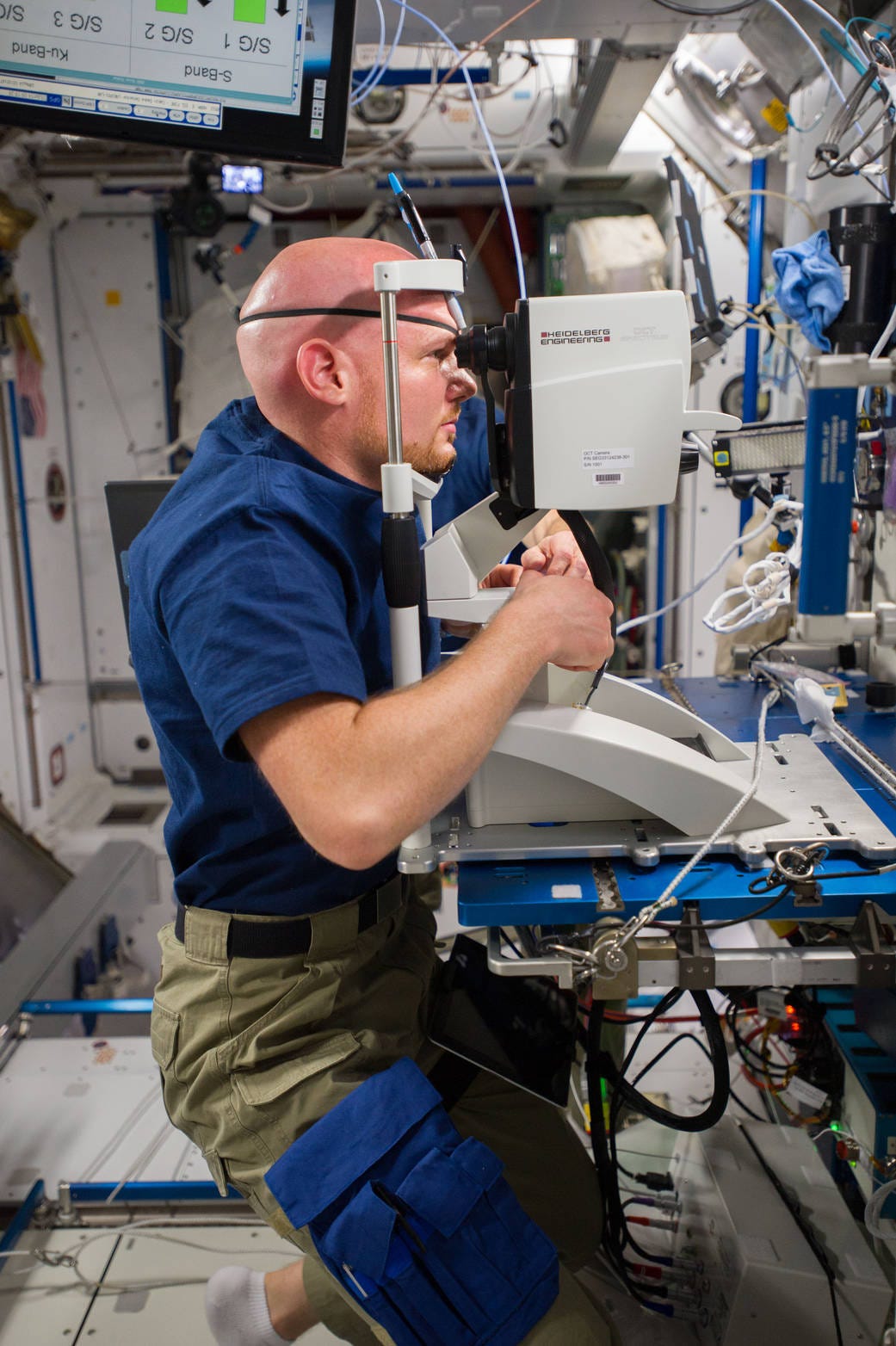
NASA
Scientists still don't know how our bodies and minds would handle being on a different planet for a prolonged period of time.
Most of what we do know comes from astronauts staying in the International Space Station, which sits within Earth's protective magnetosphere.
The physiological toll of being on the ISS is "nothing like what might happen during a journey to Mars," Rachael Seidler, a professor of applied physiology and kinesiology at the University of Florida who studies astronauts, told Insider.
NASA estimated that astronauts who travel beyond the ISS would be exposed to an amount of radiation equivalent to 150 to 6,000 chest x-rays, depending on how long they're in space and what sorts of cosmic radiation they're exposed to.
Certain types of radiation, like from powerful solar eruptions, are more damaging than others, like UV radiation from sunlight.
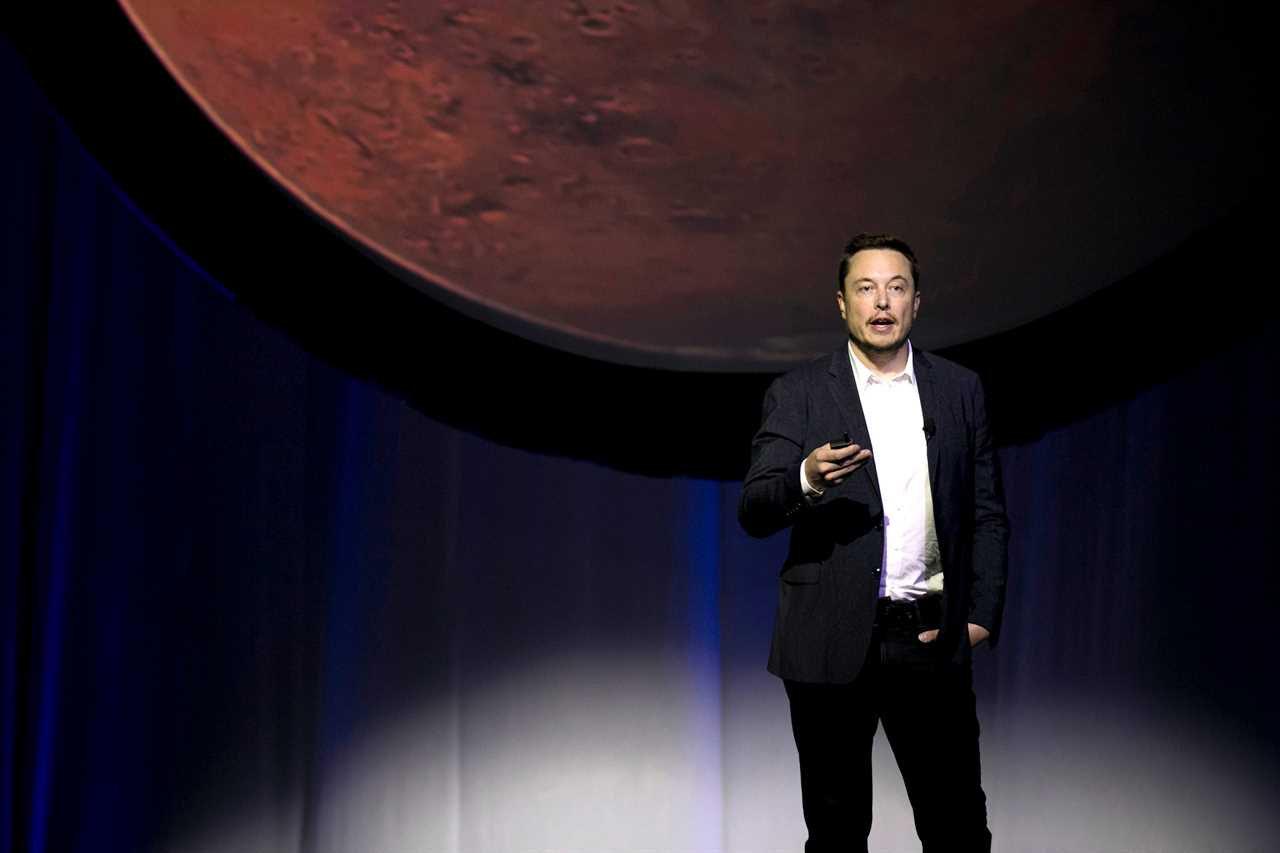
AP Photo/Refugio Ruiz
Earth's atmosphere protects us from the harshest forms of radiation. But on Mars, where the atmosphere is over 100 times thinner than on Earth, cosmic radiation can bombard the surface.
The level of radiation that hits Mars, "would fry anything on the surface," Coates said.
Cosmic radiation can cause cancer, harm the nervous and cardiovascular systems, and cause protective brain membranes to leak, Seidler wrote for The Conversation.
Studies of prolonged radiation exposure — like what humans would experience during a deep space trip to Mars — on mice have demonstrated that the cosmic rays can cause signs of higher anxiety, decreased social behavior, and worse memory.
To avoid radiation damage, terraforming would have to become a reality or people would need to live underground full-time — not ideal for folks used to the open air and freedom of Earth, Coates said.
He said that the current visions of Mars, with plants growing within beautiful open colonies, are, "very you know, romanticized." The reality of life on the red planet would likely be a lot dustier and bleaker than folks may think.
Problem 5: The lower gravity could also mess with the human body
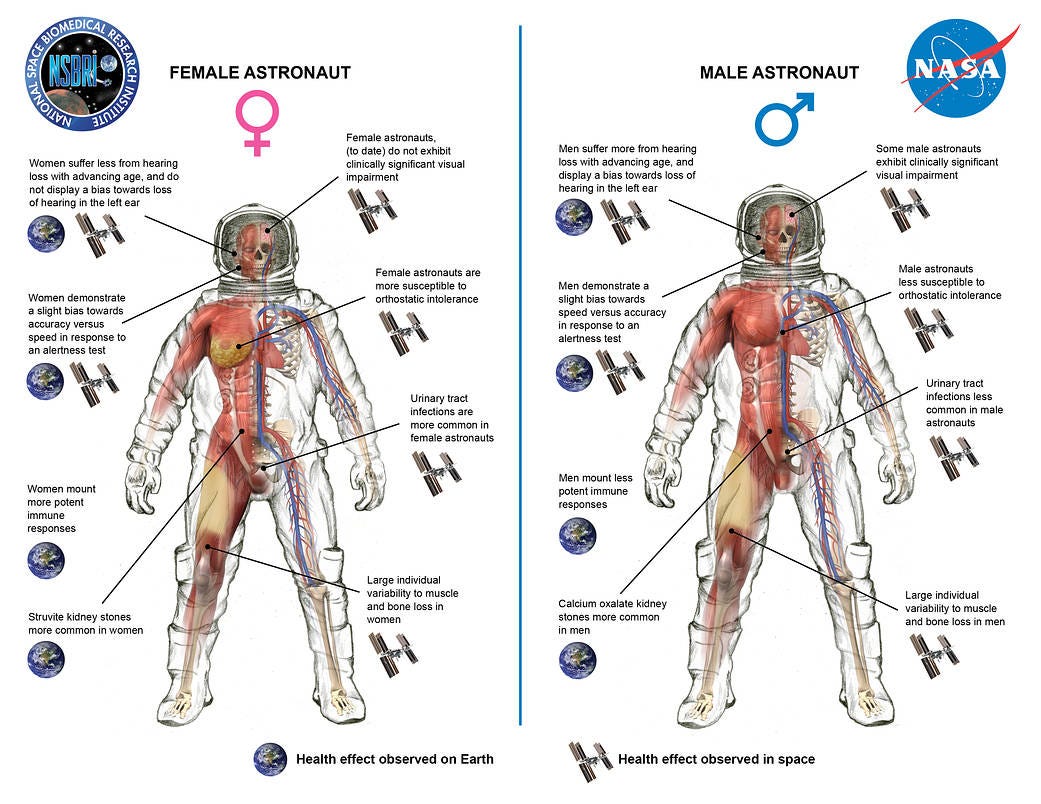
NASA
Another concern Seidler cited that we cannot escape — and that NASA has specifically listed as a problem — is lower gravity, which can affect our circulatory system, brain, and balance system.
Humans evolved to move fluids like blood and water around our body against gravity, Seidler explained. Since Mars has 62.5% less gravity than Earth, our bodies would have to change the way they move fluid around.
In the astronauts she's observed so far, Seidler said bodily fluids tend to flow toward the head and upper body, causing the brain to sit higher in the skull. This can also cause the back of astronauts eyes to flatten, which can impact their vision.
Many of these symptoms subside when people return to Earth. But what happens if they never return?
Problem 6: The mental health toll could be huge
Finally, scientists have expressed concern over how long-haul space travel may affect people's mental health.
For previous space missions, NASA has relied on a carefully built team dynamic to support mental health, Seidler said.
But Musk has said he wants the Martian government to be a direct democracy.
Having a colony in space without a specific hierarchical structure could be challenging for people. "You might imagine a Mars colony without very specific team assignments that people might struggle with this," Seidler said.
Despite these limitations, Seidler, a self-described optimist, said that the science happening right now to mitigate some of these health concerns is promising. This includes using medication to offset radiation sickness, supplements to keep bones healthy in low gravity, suits to help astronauts with blood flow, and more.
Other moons could be more habitable, but Earth's moon is probably the most realistic to colonize sooner
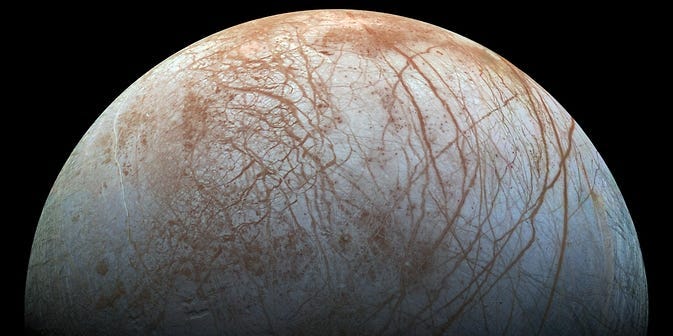
NASA/JPL-Caltech/SETI Institute
There are other potentially habitable worlds within our cosmic neighborhood, like Saturn's moons Enceladus or Titan, or Jupiter's moon Europa.
But those worlds are hundreds of millions of miles farther than Mars, and getting to Mars is already hard enough.
Plus there's one world a lot closer than Mars.
Some of the same reasons Musk wants to go to Mars — to use it as a place for industry, as a safe haven from a doomed Earth, as an outpost for exploration — are also possible on the moon, Coates said.
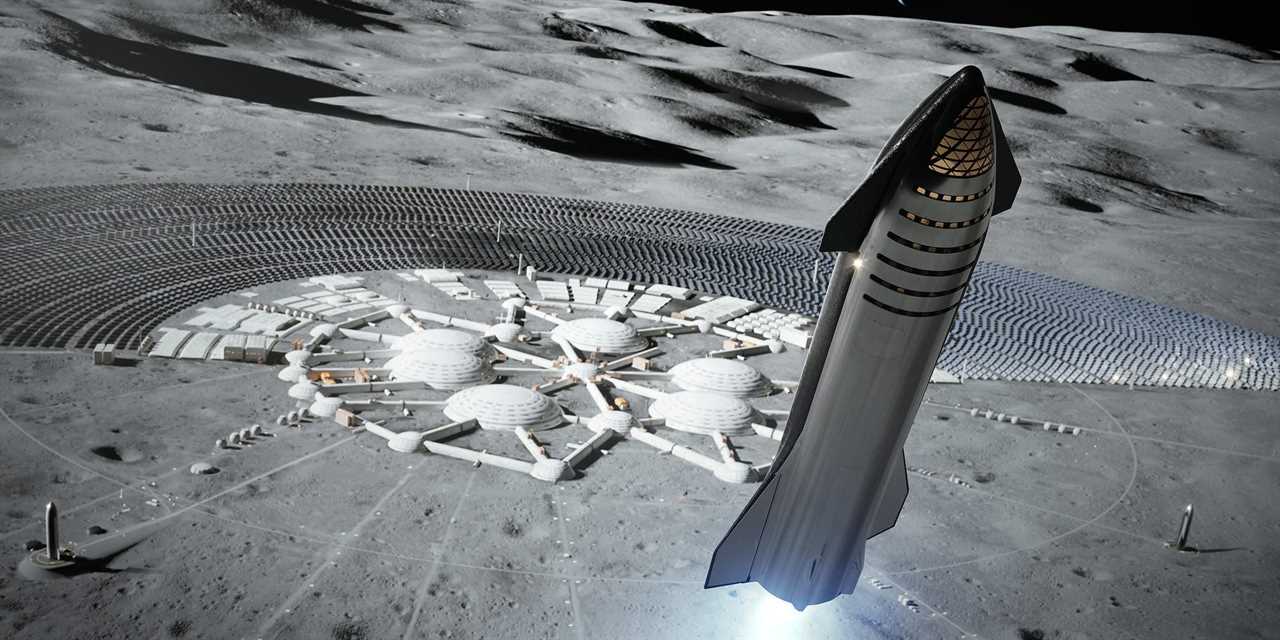
SpaceX
In fact, one of the other billionaires making his vie for space, Jeff Bezos, has narrowed in on moon colonies as the starting point for his space conquest.
Plus, settling the moon would cut costs. Musk estimated in 2019 that colonizing Mars would cost between $100 billion to $10 trillion.
To compare, developing a lunar base would cost $35 billion, according to a 2009 analysis from the Center for Strategic and International Studies. In today's dollars that amounts to $50 billion — half the cost of Musk's lower estimate.
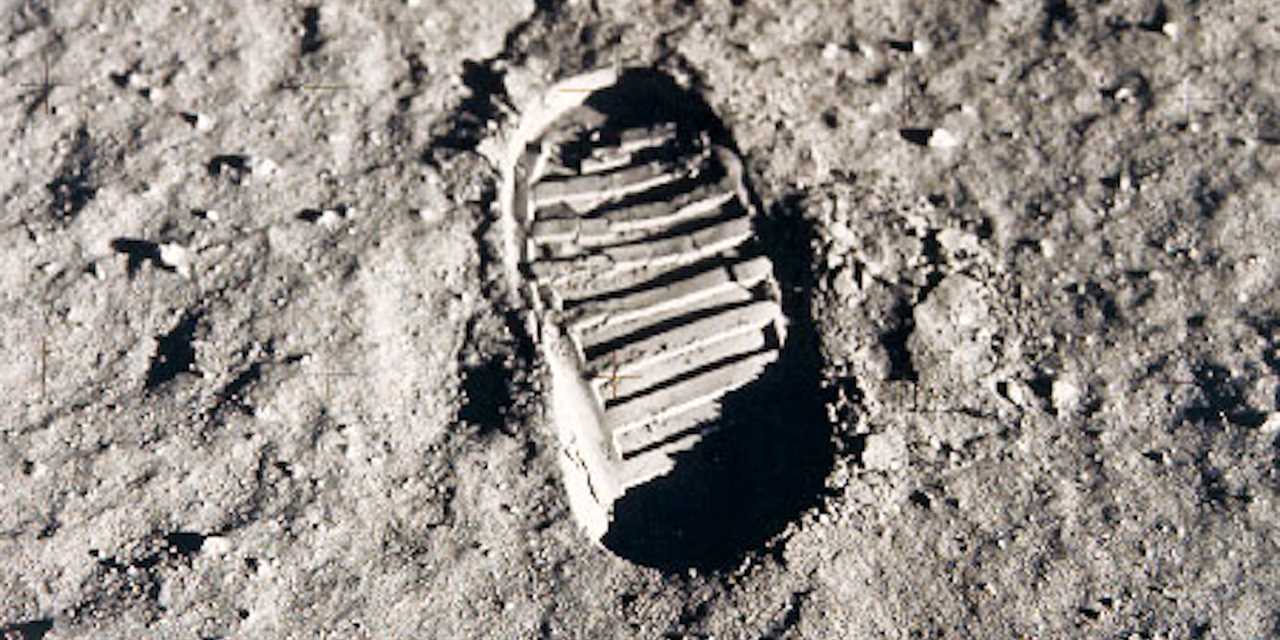
NASA photo AS11-40-5877.
The moon is especially intriguing when you consider it has reserves of ice water at its south pole that could be used to produce breathable oxygen and rocket fuel, Coates said.
Jakosky said that right now, trying to colonize any planet probably isn't viable, but he does see a future where these colonies may be possible, but just doesn't think it's necessary yet.
"The reality is when it becomes worth doing, somebody's going to do it," he said. "You know, if it becomes financially advantageous to put a call into there and start mining Mars, it'll happen."
But, if everything falls into place ...
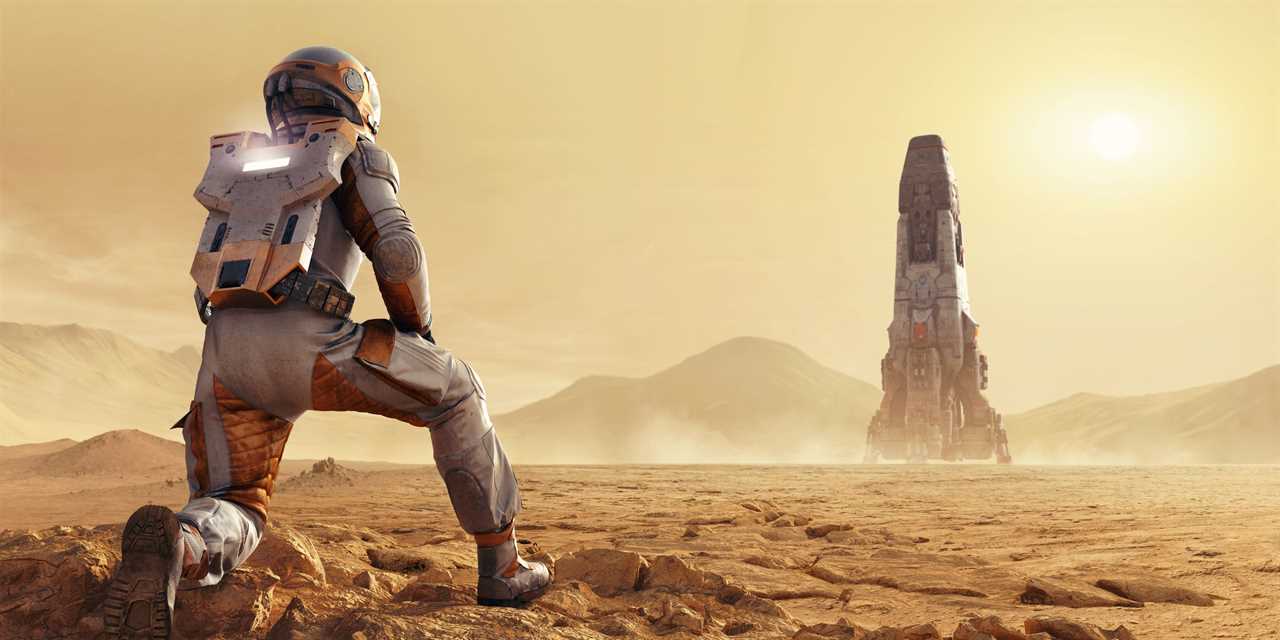
peepo/Getty Images
There's still a lot of support out there for Mars as an eventual target. Buzz Aldrin, the second man to set foot on the moon, told Insider in 2018 that it should be humanity's goal to settle Mars.
"I'm talking about Mars for permanence," he said. Establishing a colony on another planet would be a feat that could help unite humans across the world with a common goal — survival.
Some scientists are more aligned with Musk's plans for terraforming. Chris McKay, a senior scientist at NASA's Ames Research Center, said in a 2021 lecture that the timescale for terraforming Mars within the next century is feasible, but there are still questions about the availability of other natural resources like CO2.
Even the scientists with concerns about Musk's vision didn't say we should ignore Mars. "If you are going to pick a place to go, Mars is probably the place," Edwards said.
But they said that proceeding cautiously, rather than immediately trying to turn it into a second Earth, is the best path forward.
And even if a Mars settlement isn't going to be realistic in the near future, that's not necessarily a bad thing, Edwards said. The idea could still be inspiring.
"It's cool to dream, right?"
Read More
By: [email protected] (Maiya Focht)
Title: 4 experts explain why Elon Musk's plan to colonize Mars is 'romanticized', not 'realistic', 'cosmic vandalism'
Sourced From: www.businessinsider.com/elon-musk-plan-colonize-mars-plan-unrealistic-scientists-explain-2023-10
Published Date: Sat, 07 Oct 2023 12:09:02 +0000
Did you miss our previous article...
https://trendinginbusiness.business/business/hamas-launched-a-surprise-attack-on-israel-but-for-netanyahus-critics-the-writing-was-on-the-wall-for-months
.png)





